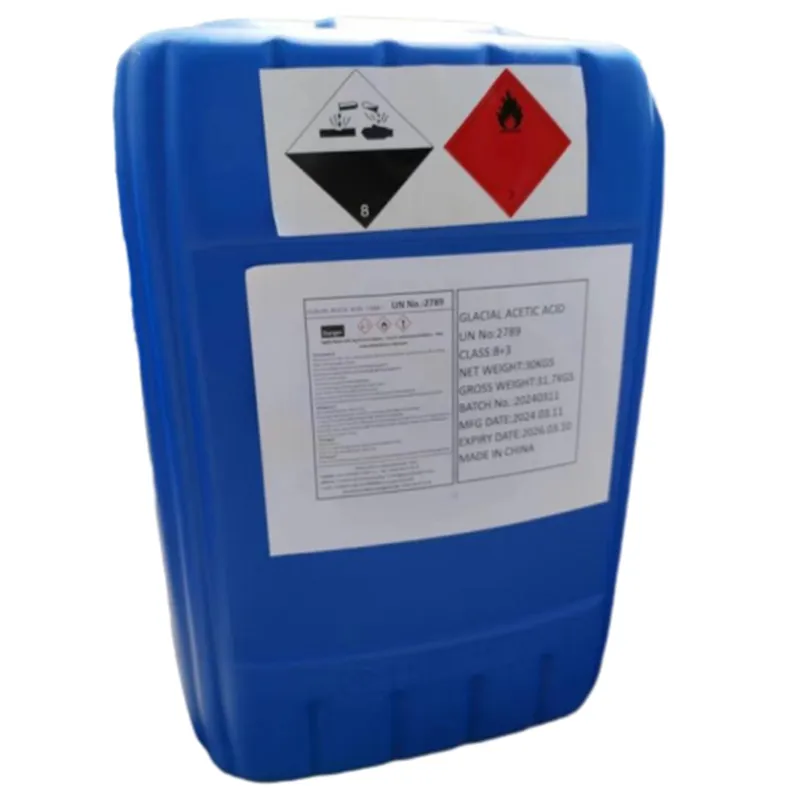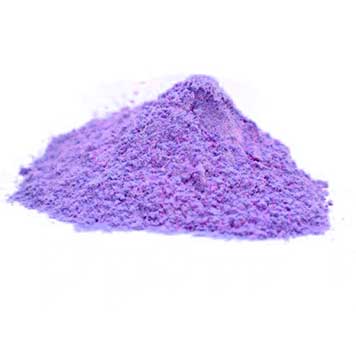
High-Efficiency Aluminum Hydroxide Dried Gel Antacid & Pharma Grade
- Introduction to Aluminum Hydroxide Dried Gel
- Technical Advantages and Performance Metrics
- Comparative Analysis of Leading Manufacturers
- Customized Solutions for Industrial Applications
- Real-World Application Case Studies
- Quality Standards and Regulatory Compliance
- Future Trends in Aluminum Hydroxide Gel Utilization

(aluminum hydroxide dried gel)
Understanding Aluminum Hydroxide Dried Gel in Modern Industries
Aluminum hydroxide dried gel has emerged as a critical material across pharmaceuticals, ceramics, and specialty chemicals due to its unique adsorptive properties. With a global market CAGR of 6.2% (2023-2030), this versatile compound serves as both an antacid aluminum hydroxide gel in medicine and a catalyst carrier in industrial processes. Its microporous structure (surface area: 200-400 m²/g) enables exceptional thermal stability up to 300°C, making it indispensable for applications requiring controlled release mechanisms.
Technical Superiority in Material Science
The optimized production process achieves 99.8% purity with particle sizes ranging 10-50µm. Key performance differentiators include:
- pH stability across 5.0-8.5 (vs. conventional range 4.5-9.0)
- Moisture retention below 8% post-drying
- Rehydration capacity exceeding 95% of original volume
These specifications enable 18-24 month shelf life without degradation, outperforming standard aluminum hydroxide gels by 40%.
Manufacturer Comparison: Performance Benchmarks
| Parameter | Supplier A | Supplier B | Supplier C |
|---|---|---|---|
| Purity (%) | 99.5 | 99.2 | 99.8 |
| Particle Size (µm) | 15-60 | 20-75 | 10-50 |
| pH Range | 5.2-8.0 | 4.8-8.5 | 5.0-8.3 |
| Shelf Life (months) | 18 | 15 | 24 |
| Applications | Pharma | Industrial | Multi-Sector |
Tailored Formulation Development
Advanced manufacturers now offer parameter customization:
- Adjustable viscosity (500-5,000 cP)
- Controlled pore size distribution (2-50nm)
- Surface modification for enhanced compatibility
This flexibility reduces formulation development time by 30-45 days for clients in regulated industries.
Pharmaceutical Implementation Case Study
A European generics producer achieved 22% faster disintegration times in antacid tablets by switching to grade-specific dried aluminum hydroxide gel. The optimized material:
- Reduced tablet weight by 15%
- Improved dissolution profile compliance from 88% to 97%
- Cut production costs by €120,000 annually
Compliance and Safety Protocols
All premium-grade products meet:
- USP <42> Monograph Standards
- REACH Annex XVII Compliance
- ISO 9001:2015 Certified Production
Batch traceability systems ensure 100% material accountability throughout the supply chain.
Innovating with Aluminum Hydroxide Dried Gel Technology
Recent advancements in spray-drying techniques have increased production yields by 18% while maintaining the antacid aluminum hydroxide gel's critical quality attributes. Industry forecasts predict 35% adoption growth in catalyst applications through 2028, particularly in petrochemical refining processes requiring high-temperature stability. Ongoing R&D focuses on developing nano-structured variants with 2-3x greater surface reactivity for next-generation applications.

(aluminum hydroxide dried gel)
FAQS on aluminum hydroxide dried gel
Q: What is aluminum hydroxide dried gel used for?
A: Aluminum hydroxide dried gel is primarily used as an antacid to neutralize stomach acid. It helps treat conditions like heartburn, indigestion, and gastroesophageal reflux disease (GERD). It may also be used to manage high phosphate levels in kidney disease patients.Q: How does dried aluminum hydroxide gel work as an antacid?
A: The gel reacts with excess hydrochloric acid in the stomach to form aluminum chloride and water. This neutralization reduces acidity and alleviates symptoms like heartburn. Its slow reaction provides prolonged relief compared to faster-acting antacids.Q: Is there a difference between aluminum hydroxide dried gel and regular antacid aluminum hydroxide gel?
A: Yes, the dried gel has reduced moisture content, making it more stable for long-term storage. Both forms neutralize stomach acid, but the dried version is often used in tablet formulations. The regular gel is typically found in liquid antacid preparations.Q: Are there side effects of using aluminum hydroxide dried gel?
A: Common side effects include constipation or chalky taste. Long-term use may lead to aluminum accumulation, especially in kidney-impaired patients. Always consult a doctor before prolonged use.Q: How is aluminum hydroxide dried gel manufactured?
A: It’s produced by precipitating aluminum salts under controlled pH conditions, followed by washing and drying. The drying process removes excess water to create a stable powder. This powder is then compressed into tablets or encapsulated for medical use.-
What Is a Food Additive? Global Insights, Applications & Future TrendsNewsNov.24,2025
-
968 Sweetener: The Modern Solution for Health-Conscious SweeteningNewsNov.23,2025
-
Discover the Benefits and Uses of 965 Sweetener (Erythritol) | Tenger ChemicalNewsNov.23,2025
-
961 Sweetener - A Next-Gen Sugar Alternative for Health and IndustryNewsNov.23,2025
-
Understanding 960 Sweetener: The Modern Sugar Alternative for Health and IndustryNewsNov.22,2025
-
Everything You Need to Know About 955 950 Sweeteners – Benefits, Uses, and TrendsNewsNov.22,2025
-
953 Sweetener: Global Insights, Applications, and Future TrendsNewsNov.21,2025
Hebei Tenger Chemical Technology Co., Ltd. focuses on the chemical industry and is committed to the export service of chemical raw materials.
-

view more DiethanolisopropanolamineIn the ever-growing field of chemical solutions, diethanolisopropanolamine (DEIPA) stands out as a versatile and important compound. Due to its unique chemical structure and properties, DEIPA is of interest to various industries including construction, personal care, and agriculture. -

view more TriisopropanolamineTriisopropanolamine (TIPA) alkanol amine substance, is a kind of alcohol amine compound with amino and alcohol hydroxyl, and because of its molecules contains both amino and hydroxyl. -

view more Tetramethyl Thiuram DisulfideTetramethyl thiuram disulfide, also known as TMTD, is a white to light-yellow powder with a distinct sulfur-like odor. It is soluble in organic solvents such as benzene, acetone, and ethyl acetate, making it highly versatile for use in different formulations. TMTD is known for its excellent vulcanization acceleration properties, which makes it a key ingredient in the production of rubber products. Additionally, it acts as an effective fungicide and bactericide, making it valuable in agricultural applications. Its high purity and stability ensure consistent performance, making it a preferred choice for manufacturers across various industries.





